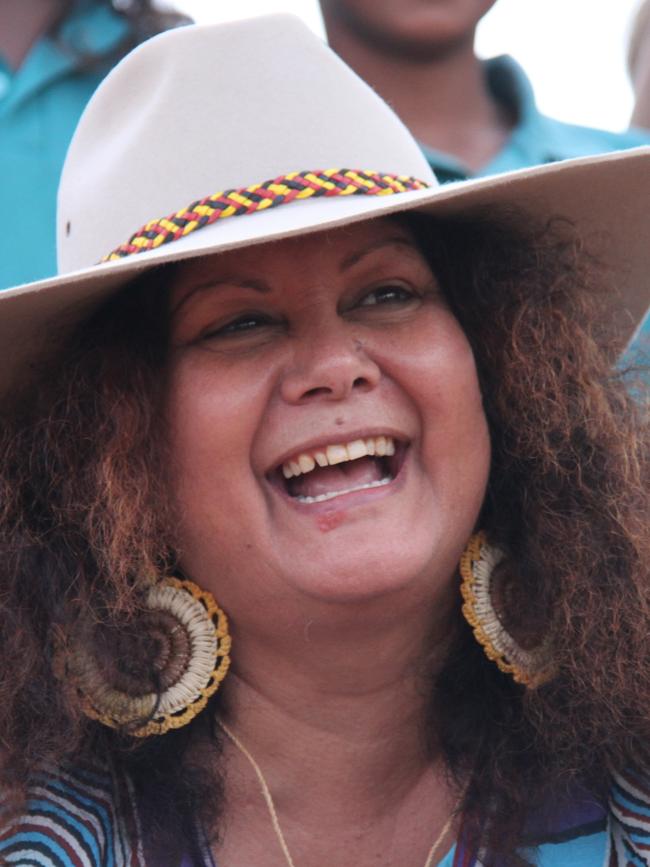Key Blayney mine evidence avoided independent scrutiny, senate estimates find
Key evidence submitted late to Tanya Plibersek received an ‘unfair’ lack of scrutiny, avoiding assessment outside of her own office.

An independent cultural heritage expert whose report supported the Blayney gold mine was never consulted to determine the significance of the blue-banded bee Dreaming that formed a cornerstone of Environment Minister Tanya Plibersek’s decision to block the project.
Department of Climate Change, Environment, Energy and Water staff were taken to task over the process that led Ms Plibersek to overrule the report prepared by heritage expert Ruth Elvin at a Senate estimates hearing on Monday evening.
Heritage division head Michelle Dumazel said Ms Elvin was not obligated to assess evidence provided in rounds of submissions after her final submission was tabled.

The department routinely hires assessors under the Aboriginal and Torres Strait Islander Heritage Protection Act, but does not require they remain on staff through the full decision process.
The blue-banded bee Dreaming was first tabled by the Wiradyuri Traditional Owners Central West Aboriginal Corporation in December 2023, during the fifth of six procedural fairness rounds, where additional evidence can be given. The blue-banded bee Dreaming was not included in the Section 10 report (which determines whether the gold mine site should be heritage listed), department deputy secretary Rachel Parry said.
The holder of that Dreaming knowledge “was unwell (and) he was unable to provide his evidence, as a traditional owner of the region of his Dreaming and stories that would then form part of an oral submission that we gathered as part of the procedural fairness rounds after the Section 10 report was finalised”.
The blue-banded bee Dreaming has not appeared in any of the six ethnographic studies seen by mine owner Regis Resources, and no additional independent heritage experts were tasked with assessing the intangible cultural heritage of evidence provided in procedural fairness submissions. Under questioning from opposition environment spokesman Jonathon Duniam, staff indicated the Dreaming was solely under the scrutiny of Ms Plibersek and her department.


“We have a highly capable workforce in both cultural heritage and built heritage. We have a large division of heritage officers. We have Aboriginal and Torres Strait Islander staff with high degree of cultural competency within our staff as well,” Ms Parry said.
“We have a workforce who understands these issues. We also have a workforce who understands how to apply the ATSIHP Act as regulators.”
Anthropologist Philip Clarke told The Australian the government’s consultation process promoted spurious applications because it encouraged applicants to withhold evidence during the initial Section 10 investigation.
“It’s very unfair because people haven’t had a chance to assess it properly,” Dr Clarke said. “If (mine developer) Regis had thrown something in at the last minute that would have been equally as bad. It basically means that no matter how much work you do earlier on, during the procedural fairness someone could throw something in at the very last minute. If the first thing doesn’t work, you drop that, and you just keep adding ‘new’ evidence. All sorts of things were initially raised, and once they had been dealt with, they seem to be forgotten about.
“All the evidence should be there to begin with, in fairness to all parties.”
He argued departmental staff may have the qualifications to provide due regard to new evidence provided later in the process, but lacked the independence to make those findings credible.
“They may be quite skilled public servants, but they’re not … out there doing this type of survey work, whether it’s cultural values mapping or archaeology,” he said. “If they employ staff who have a background in that, they could have them as an in-house expert to help interpret reports internally, but I’m not aware of anyone.”







To join the conversation, please log in. Don't have an account? Register
Join the conversation, you are commenting as Logout